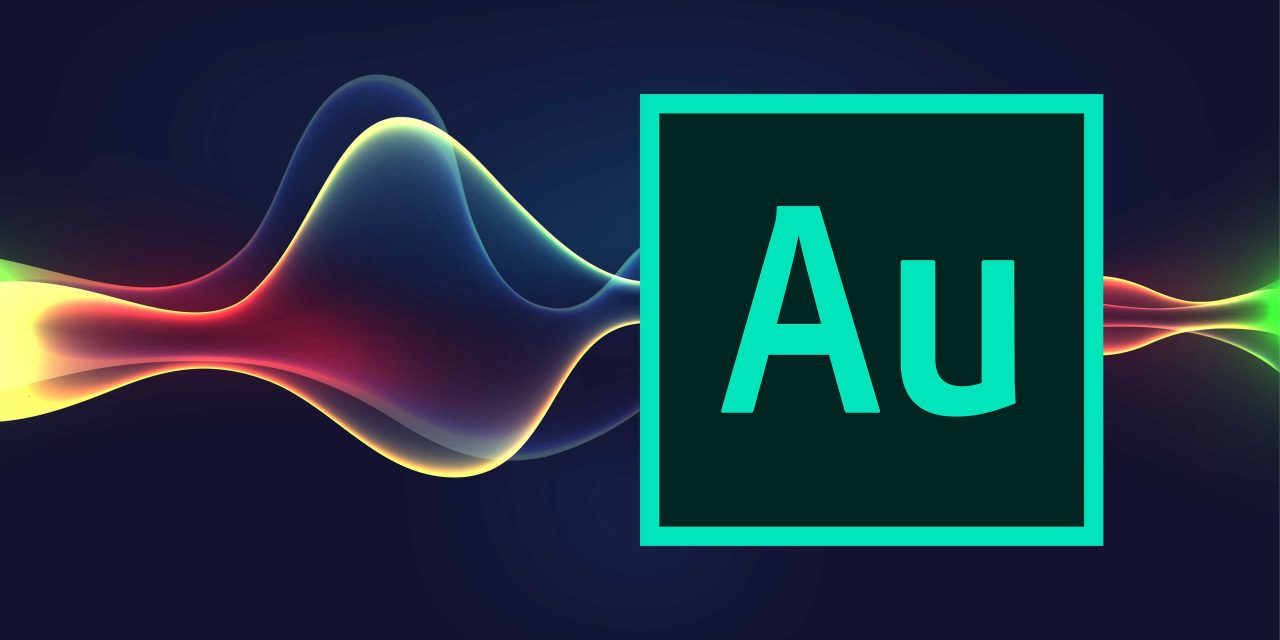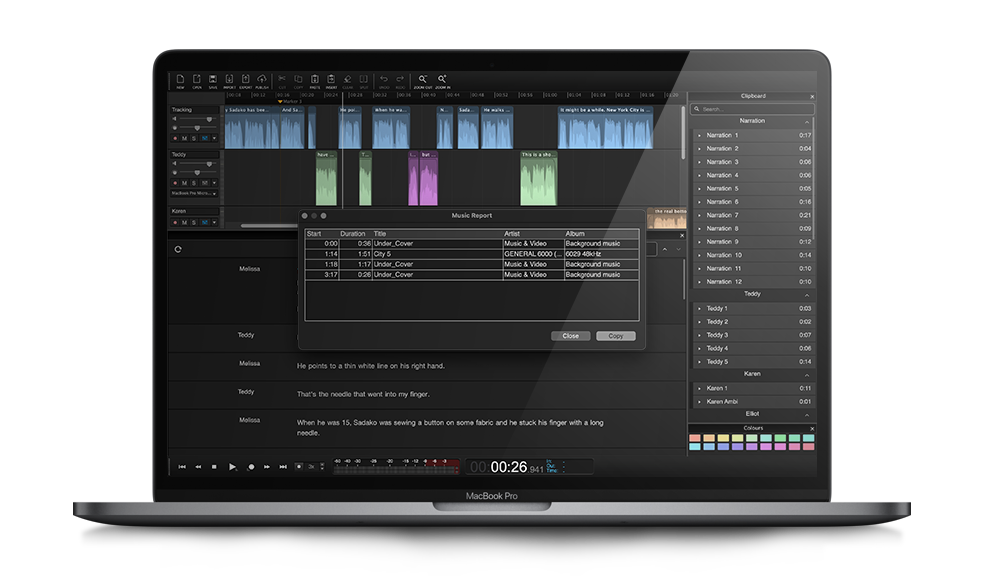Looking for the best podcast editing software for beginners?
Let’s be real — starting a podcast is exciting, but the moment you hit the editing phase, it can feel like you’ve entered a tech jungle. Complicated tools, endless buttons, and features you didn’t even know existed — sound familiar?
Don’t worry. You don’t need to be an audio wizard to create a podcast that sounds professional. In this guide, we’ll break down the easiest, most beginner-friendly software so you can focus on what you do best — sharing your voice with the world. Let’s dive in!
Top Podcast Editing Software for Beginners
1. Audacity

Overview: Audacity is a free, open-source audio editing software that’s a popular choice for beginner podcasters. It offers a simple, intuitive interface with basic tools for recording, editing, and enhancing audio.
Key Features:
- Free to download and use
- Supports a wide range of audio file formats
- Includes essential editing tools like cut, copy, paste, and delete
- Enables noise reduction, fades, and other audio cleanup
- Cross-platform compatibility (Windows, Mac, Linux)
Pros:
- Completely free to use
- Straightforward, user-friendly interface
- Robust set of podcast-specific features
- Extensive community support and tutorials
Cons:
- Limited advanced editing capabilities compared to professional DAWs
- Steeper learning curve than the most beginner-friendly options
2. GarageBand

Overview: GarageBand is Apple’s free, user-friendly digital audio workstation (DAW) that comes pre-installed on all Mac computers. It’s an excellent option for beginner podcasters using macOS devices.
Key Features:
- Drag-and-drop interface for easy audio editing
- Built-in tools for recording, mixing, and enhancing audio
- Includes a library of loops, sound effects, and music beds
- Integrates seamlessly with other Apple apps and devices
Pros:
- Completely free for Mac users
- Intuitive, beginner-friendly interface
- Robust set of podcast-specific features
- Ideal for those already in the Apple ecosystem
Cons:
- Limited functionality compared to professional DAWs
- Not available for Windows or Linux users
3. Anchor by Spotify

Overview: Anchor is a 100% free, browser-based podcast creation and distribution platform. It’s specifically designed to streamline the entire podcast production workflow, from recording to publication.
Key Features:
- Intuitive tools for recording, editing, and publishing episodes
- Automatically handles things like intros, outros, and transitions
- Offers one-click distribution to major podcast platforms
- Completely free to use with no hidden costs
Pros:
- Extremely beginner-friendly interface
- Handles all aspects of podcast creation
- Free to use with no paid tiers
- Automatic distribution to top podcast apps
Cons:
- Limited control over advanced audio editing features
- Less flexibility than standalone editing software
4. Adobe Audition

Overview: Adobe Audition is a professional-grade digital audio workstation (DAW) that offers a robust set of tools for recording, editing, mixing, and restoring audio.
While not specifically designed for beginners, its streamlined interface and podcast-centric features make it a viable option for new podcasters.
Key Features:
- A wide range of advanced editing, mixing, and restoration tools
- Streamlined interface with presets for common podcast tasks
- Integrates seamlessly with other Adobe Creative Cloud apps
- Specialized tools for noise reduction, level normalization, and more
Pros:
- Powerful set of professional-grade audio editing capabilities
- Streamlined interface with preset workflows for podcasters
- Integrates well with other Adobe creative apps
- Trusted by many professional podcasters and audio engineers
Cons:
- Significantly more complex than beginner-friendly options
- Subscription-based pricing model as part of Creative Cloud
5. Hindenburg Journalist

Overview: Hindenburg Journalist is an audio editing software designed specifically for radio and podcast producers. It offers a user-friendly interface and guided workflows tailored to the needs of audio content creators making it a top consideration among the best podcast editing software for beginners.
Key Features:
- Clean, intuitive interface with specialized podcast tools
- Automatic noise reduction and level normalization
- Intuitive markers and comments for collaboration
- Guided workflows for recording, editing, and mixing
Pros:
- Streamlined interface and features for podcasters
- Specialized tools for noise reduction and level balancing
- Collaborative features for working with a team
- Offers a free trial to test out the software
Cons:
- Premium pricing compared to free or low-cost options
- It may be overkill for true beginners with basic needs
By evaluating the key features, pros, and cons of each of these top podcast editing tools, you can determine which one best fits your specific needs, budget, and level of technical expertise.
The right software can make a significant difference in streamlining your podcast production workflow and elevating the overall quality of your show.
Parting Shot
Choosing the best podcast editing software for beginners ultimately comes down to your budget, technical experience, and the specific features you require.
Beginners will likely find the most success with user-friendly options like Audacity, GarageBand, or Anchor, which offer a gentler learning curve.
More experienced podcasters or those who need advanced audio editing capabilities may prefer a professional-grade DAW like Adobe Audition or Hindenburg Journalist. Just be prepared to invest more time upfront to master the software.
No matter which tool you select, the most important thing is to find an audio editing solution that fits your workflow and helps you consistently produce high-quality podcast content. With the right software in your toolkit, you’ll be well on your way to taking your show to new heights.








